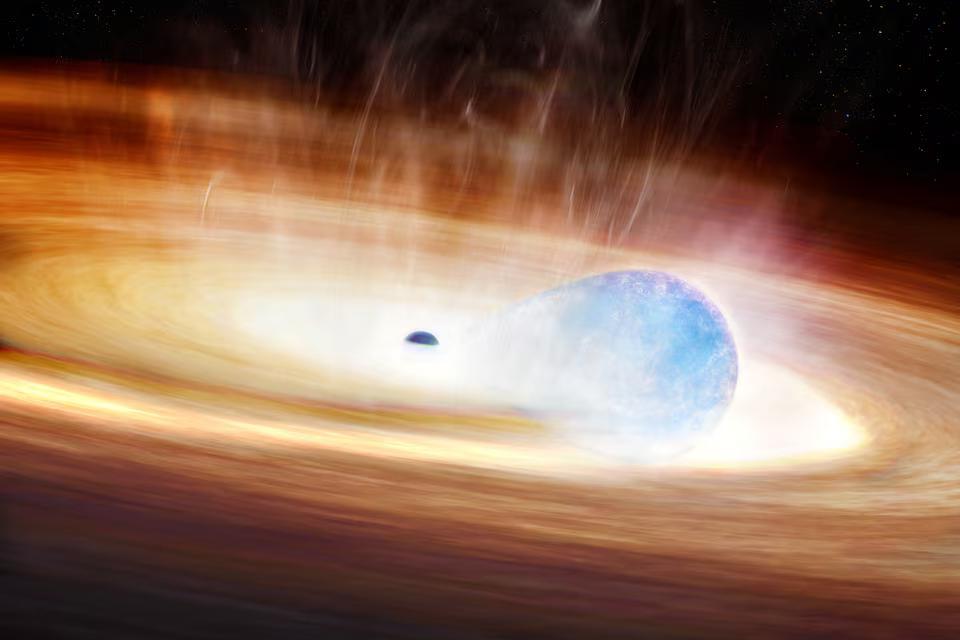
Never-before-seen supernova detected through AI
In a groundbreaking discovery, astronomers have detected a never-before-seen supernova, dubbed SN 2023zkd, triggered by a black hole interacting with a massive star 730 million light-years away. The unusual event was detected thanks to an AI system designed to spot anomalies, which identified the unusual light pattern. Researchers were then able to make observations and study the supernova’s light curve and spectral data, which are unlike any previously studied supernova.
Supernovae are massive stellar explosions that occur when a star reaches the end of its life cycle. They are among the most powerful events in the universe, releasing enormous amounts of energy and light. Supernovae are typically classified into different types based on their light curves and spectral characteristics. However, the latest discovery challenges our understanding of these events and sheds new light on the complex interactions between stars and black holes.
The detection of SN 2023zkd was made possible through the use of an AI system called LAISS (Light-curve Anomaly Identification with Spectral Synthesis). LAISS is designed to analyze large datasets of astronomical observations and identify unusual patterns that may indicate the presence of a supernova. The system uses machine learning algorithms to sift through the data, looking for anomalies that could indicate the presence of a supernova.
In this case, LAISS detected an unusual light pattern in a dataset of observations from the Zwicky Transient Facility (ZTF), a robotic telescope located at Caltech’s Palomar Observatory in California. The telescope is designed to survey the entire visible sky every few nights, looking for transient events such as supernovae.
The LAISS system flagged the unusual light pattern, and researchers were then able to make observations using the ZTF and other telescopes. The data collected showed that the event was a supernova, but one that was unlike any previously studied.
The supernova, designated as SN 2023zkd, is located in a galaxy called NGC 2525, which is approximately 730 million light-years away. The event is thought to have been triggered by a black hole interacting with a massive star. According to astronomers, the black hole is likely to have been formed from the collapse of a massive star, and the interaction with the star caused it to explode.
The light curve of SN 2023zkd is unlike any previously studied supernova. The event began with a slow rise in brightness, followed by a rapid increase in intensity. The light curve then flattened out, before declining rapidly. This unusual pattern is thought to be due to the interaction between the black hole and the star.
The spectral data collected by astronomers also showed unusual characteristics. The supernova’s spectrum is dominated by hydrogen and helium lines, which are typical of Type II supernovae. However, the lines are broader and more complex than those seen in other supernovae of this type.
The detection of SN 2023zkd has important implications for our understanding of supernovae and the interactions between stars and black holes. The event challenges our current understanding of the processes that lead to the explosion of stars, and provides new insights into the complex physics involved.
The discovery also highlights the power of AI in astronomy. The use of machine learning algorithms to analyze large datasets has enabled astronomers to detect unusual events like SN 2023zkd, which may have gone unnoticed without the aid of AI.
As researchers continue to study SN 2023zkd, they are likely to uncover even more secrets about this unusual event. The discovery is a reminder of the vast mysteries that remain to be solved in the universe, and the importance of continued exploration and research.
Source:






